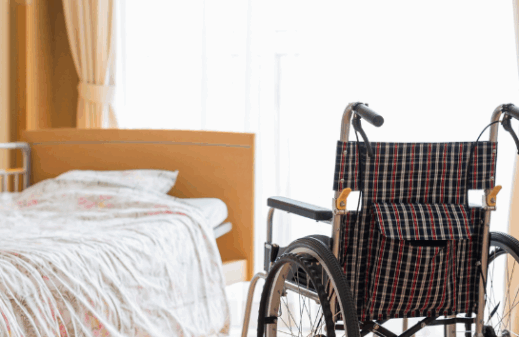Care is essential for residential communities, assisted living centers, and senior care centers to ensure their elderly residents are safe from injury. Insurance premiums and even liability coverage itself can also be based upon compliance to safety regulations.
To make your home away from home safer, have a daily check list:
1. Walking Hazards to the Sight Challenged
- Remove all stools, newspapers, light and phone cords from walkway traffic areas.
- Also remove all unnecessary plant stands or side tables from high-traffic areas.
- Secure loose rugs by applying double-faced tape to secure them to the floor. You can also apply slip-resistant backing to these rugs or find it more safety conscious to remove loose rugs entirely.
- Inspect for loose floorboards, carpeting or tiles and repair them securely and immediately.
2. All Belongings at Waist Level for Residents.
- The senior residents should be able to reach their clothing and necessities, if they are able to dress themselves.
3. Cleanliness Next to Godliness
- A nursing or assisted living center for the infirm or elderly must immediately clean up any and all spilled liquids or solids pursuant to state law and the insurance company handling your liability protection dictates.
4. Light up your living space
Keep walkways throughout the residence brightly lit to avoid tripping. Also:
- Place night lights in each bedroom, bathroom and hallway.
- Place a lamp by each bed for middle-of-the-night emergencies.
- Make and mark clear paths to light switches, especially those not by a doorway. Utilizing glow-in-the-dark or illuminated switches can be beneficial.
- Make sure stairway lights are on after dusk to illuminate each step. Store flashlights conveniently for staff.
5. Use Assistive Devices
Residents’ doctors might recommend them walking with walker or can assistance, and if so, ensure that all staff members are trained to assist the senior with their walking appliance and other devices you have installed to help. For example:
- Hand rails attached securely on both sides of all stairways
- Nonslip treads applied to surface of bare-wood or tile steps
- Have sufficiently raised toilet seats and include arm rests
- Grab bars for each shower or tub, even if the resident must shower or bathe with an attendant assisting him or her.
- A seat securely installed inside the shower or tub, plus a hand-held shower nozzle for the ease of residents’ bathing while sitting down.
- Skid proof mats must be kept in shower and bath tub.



